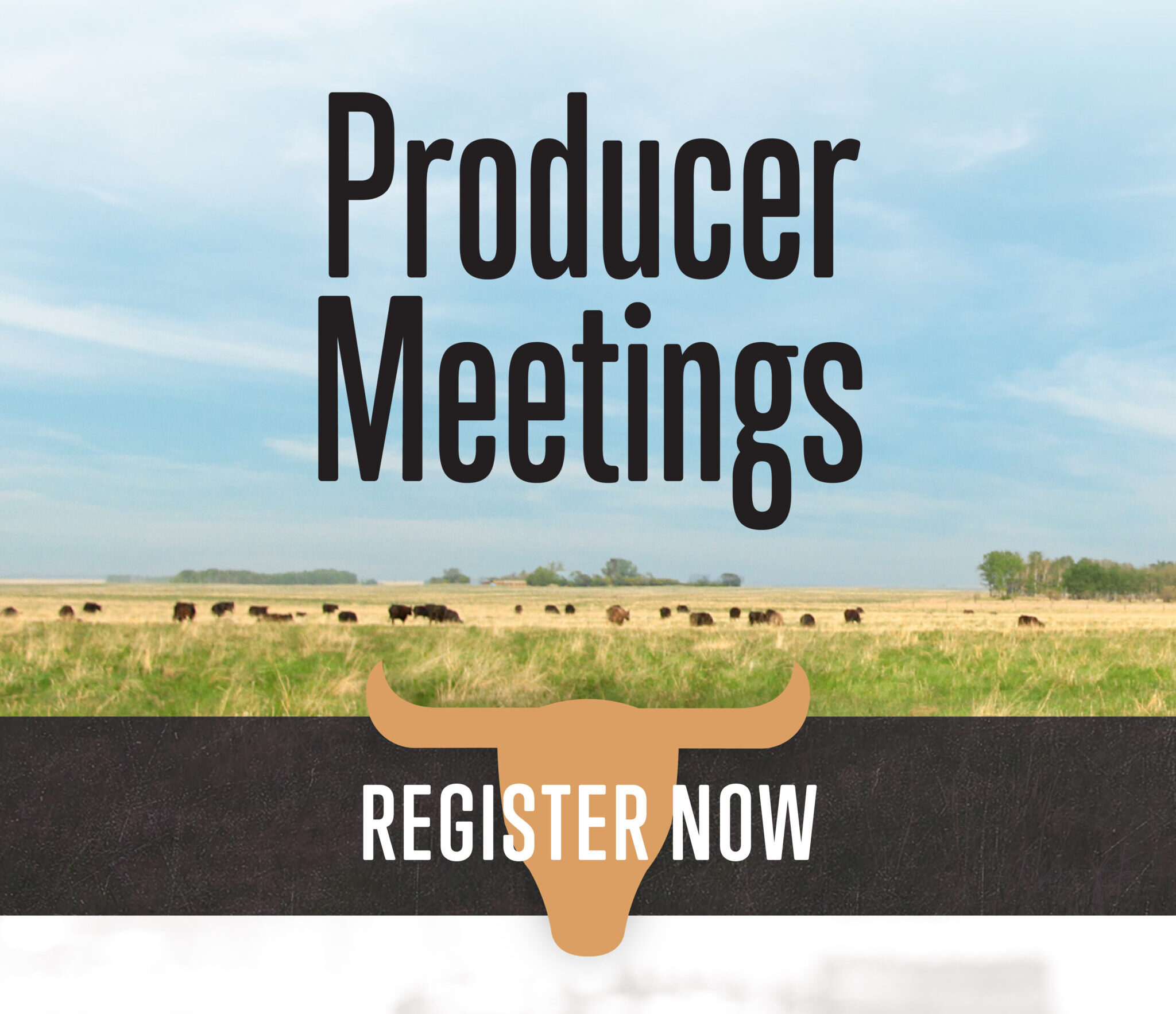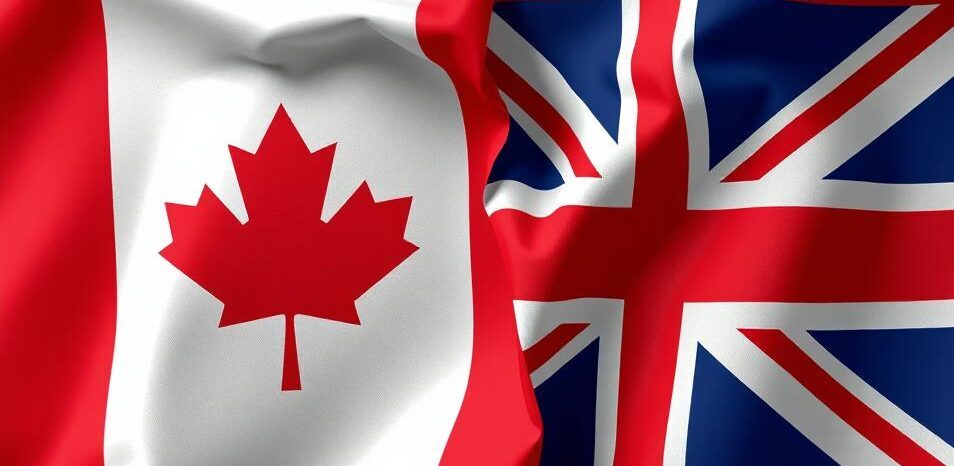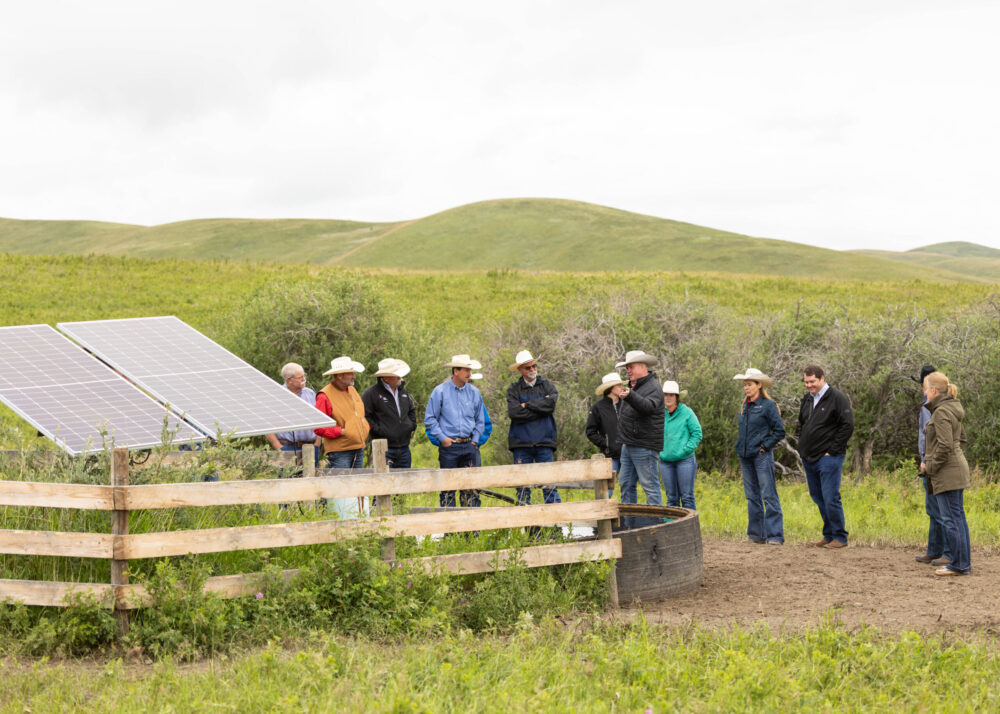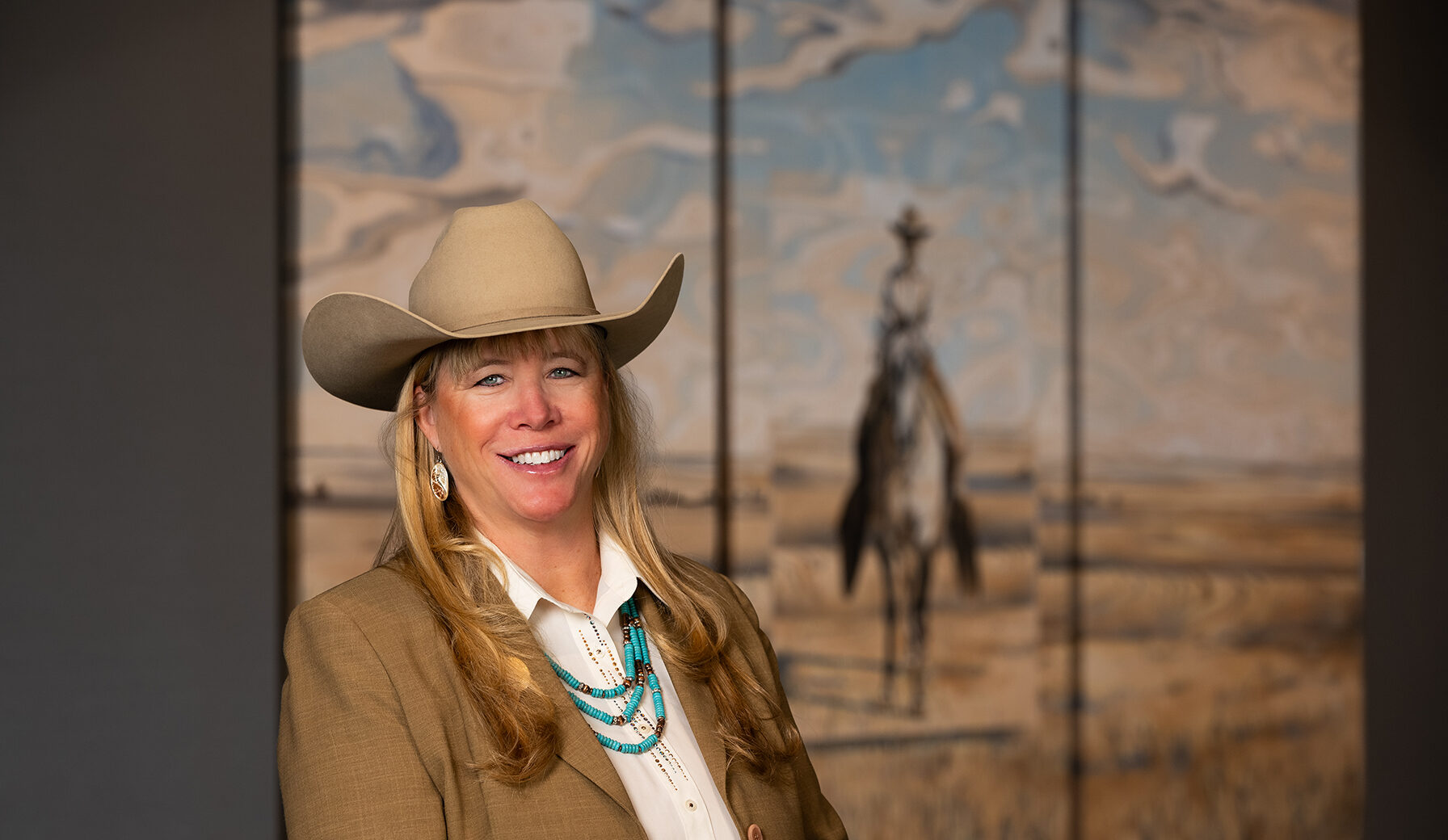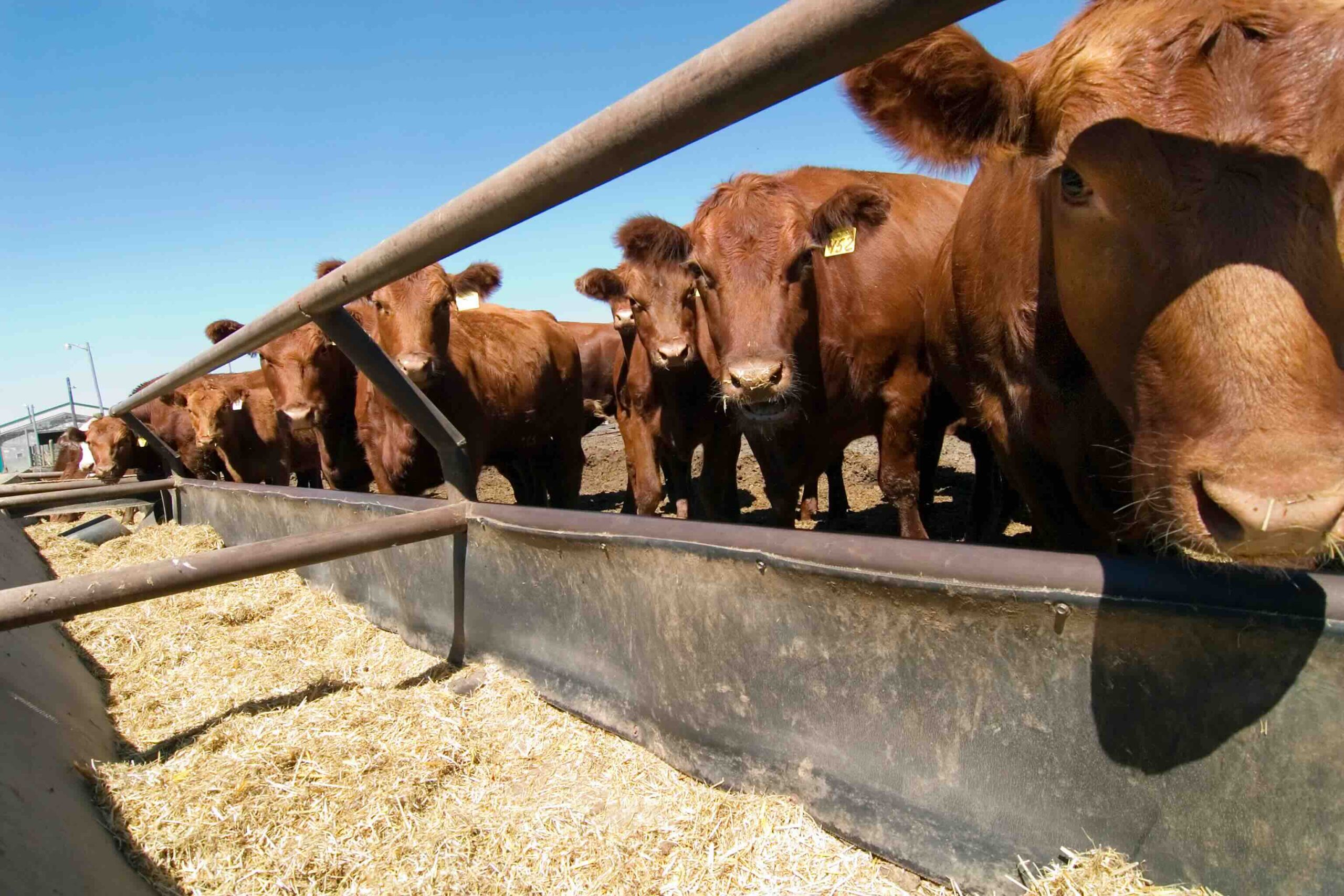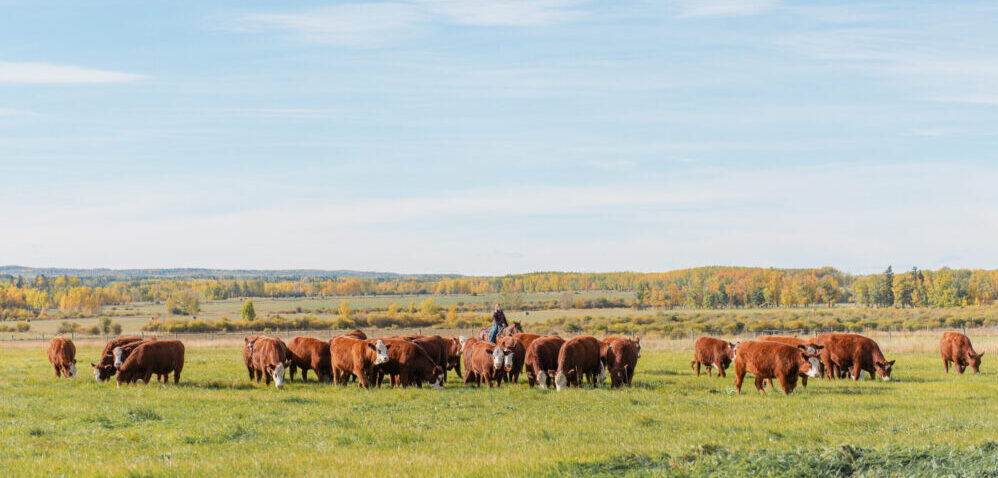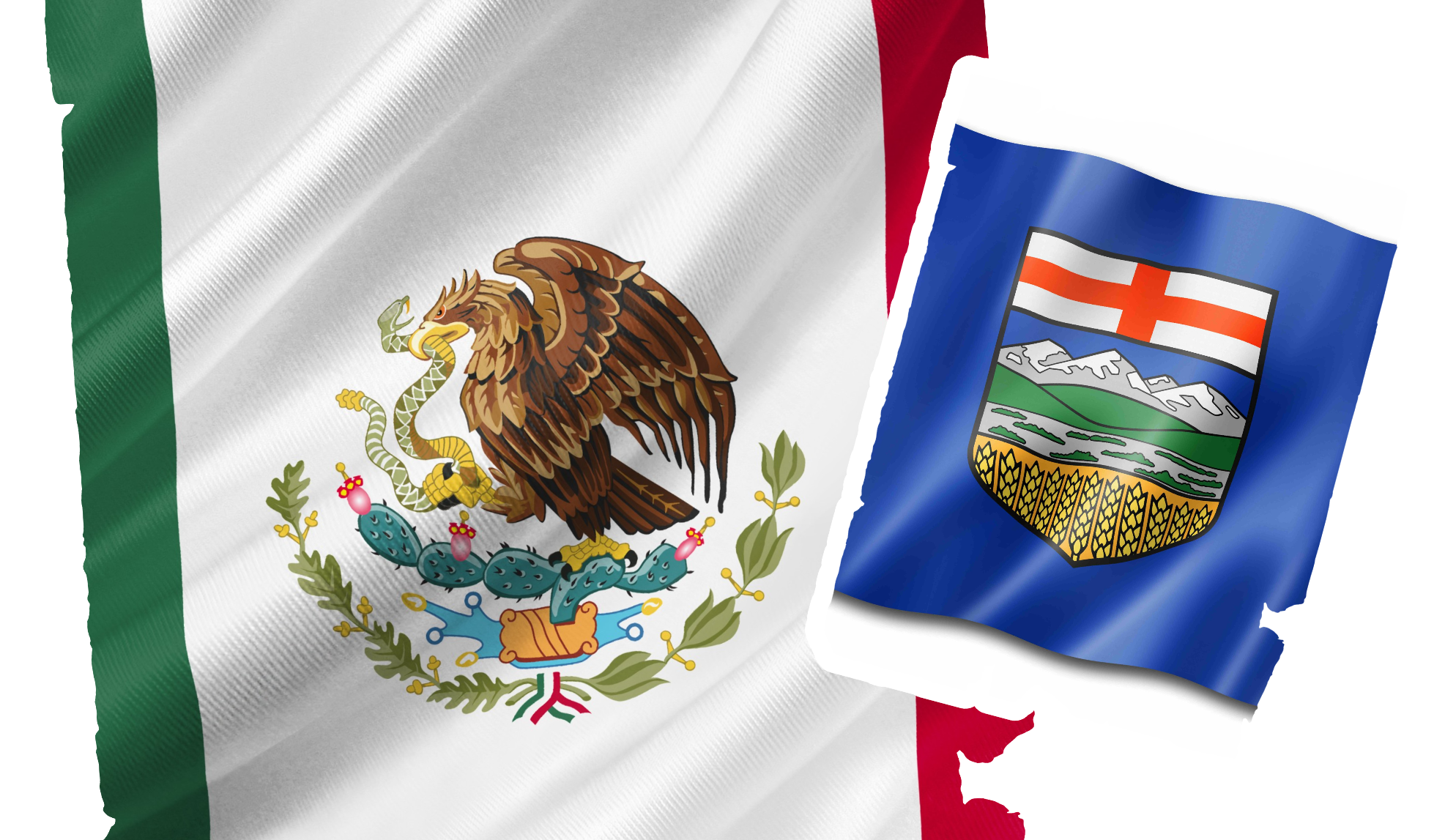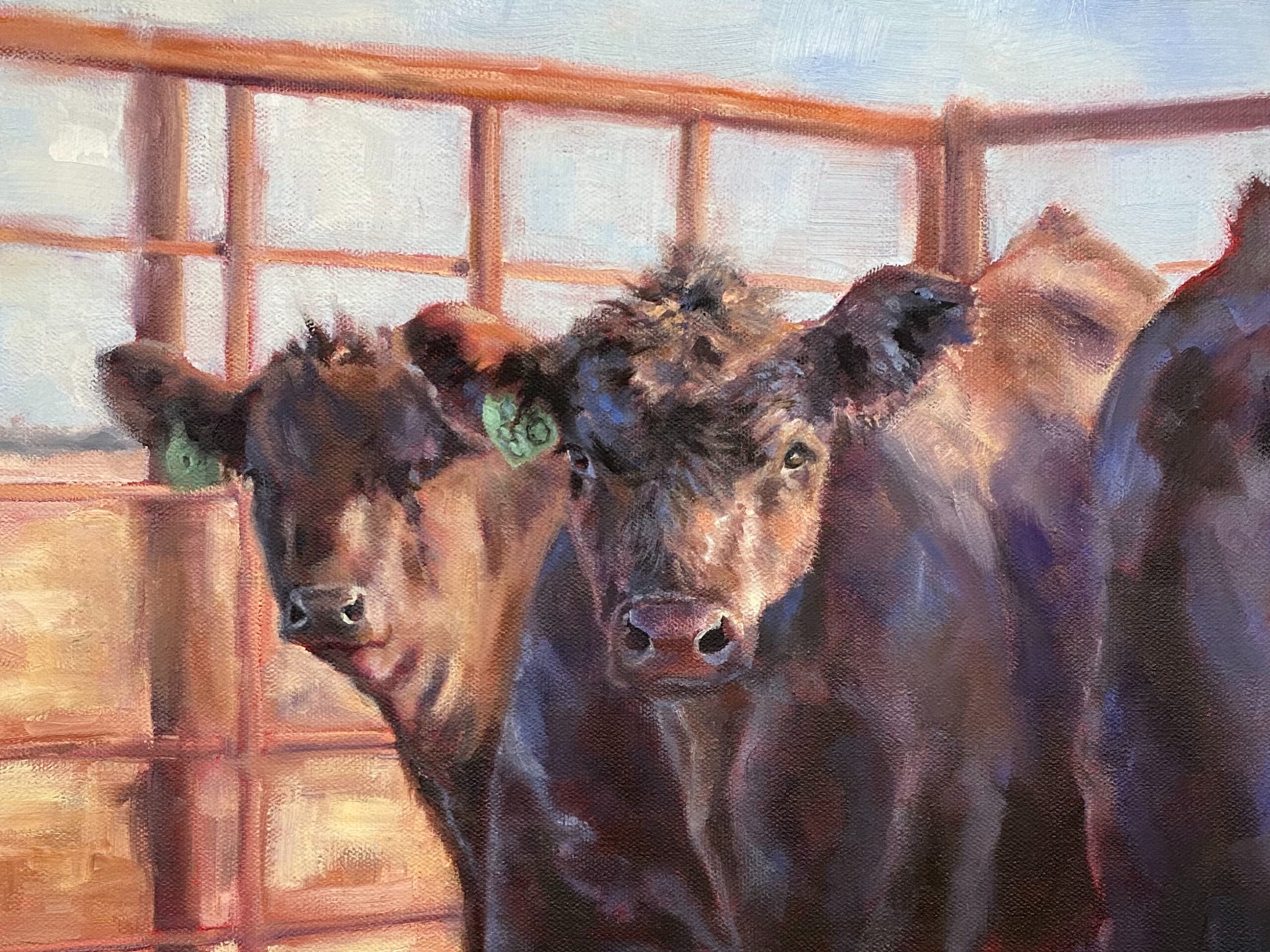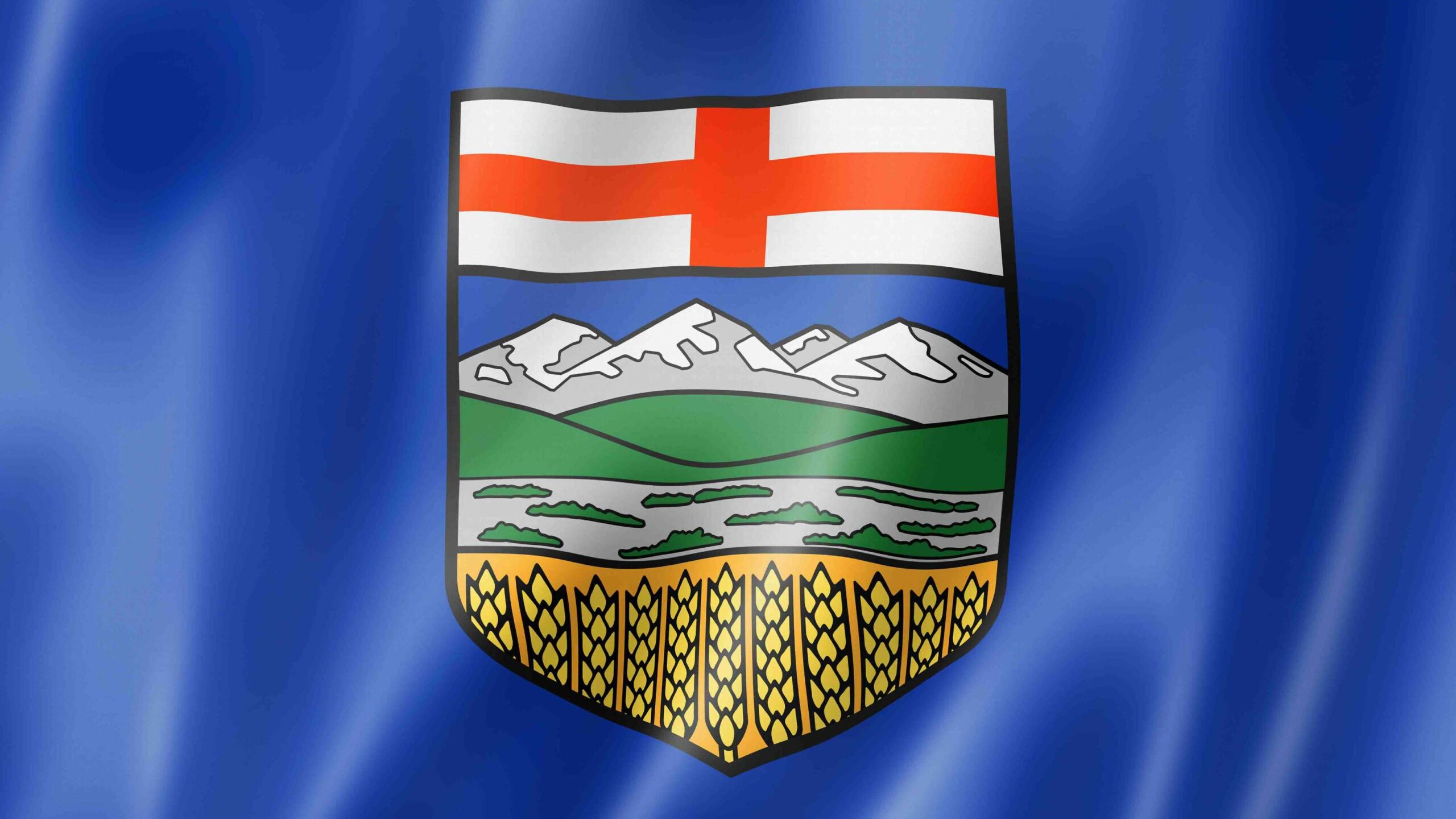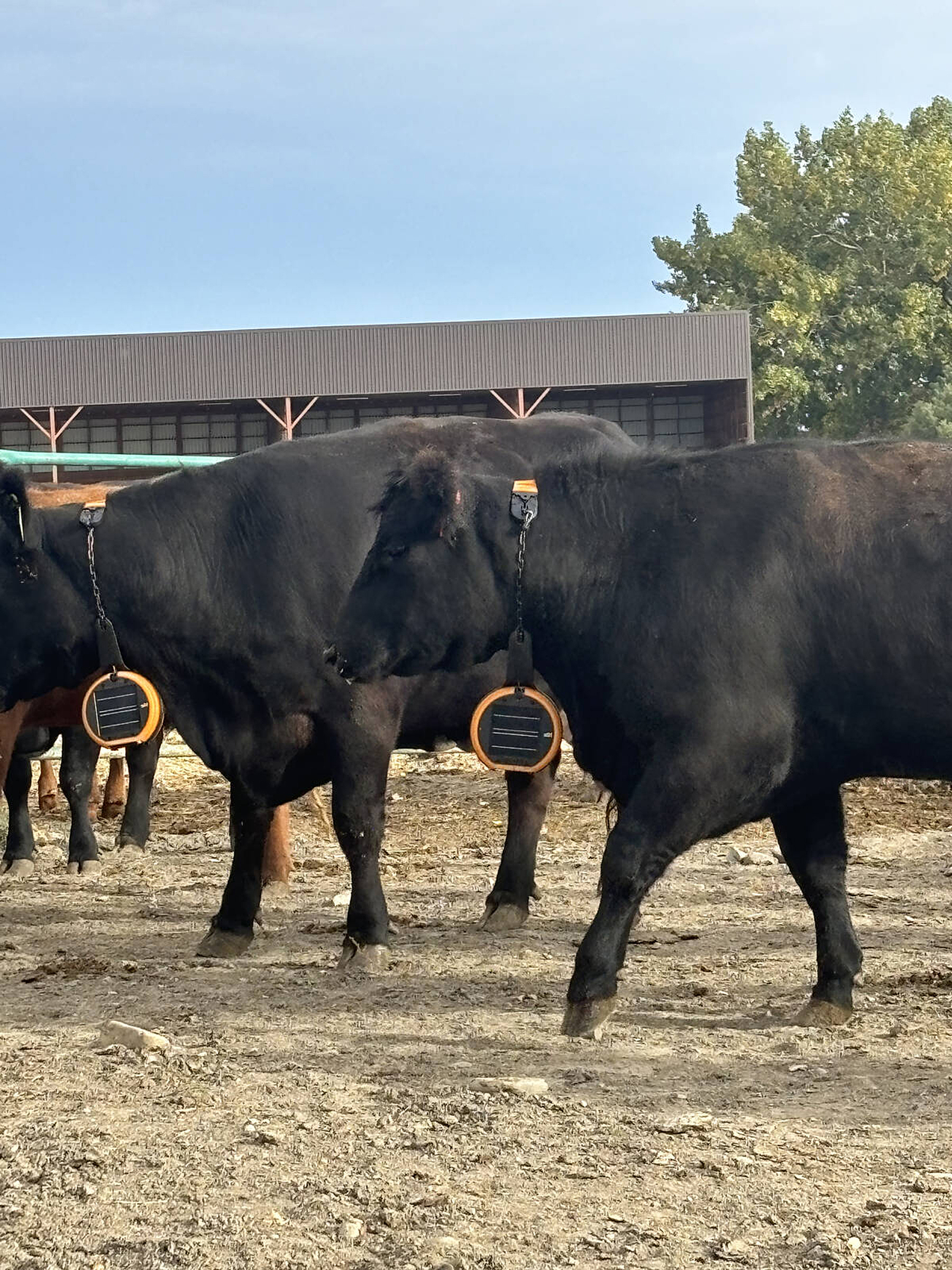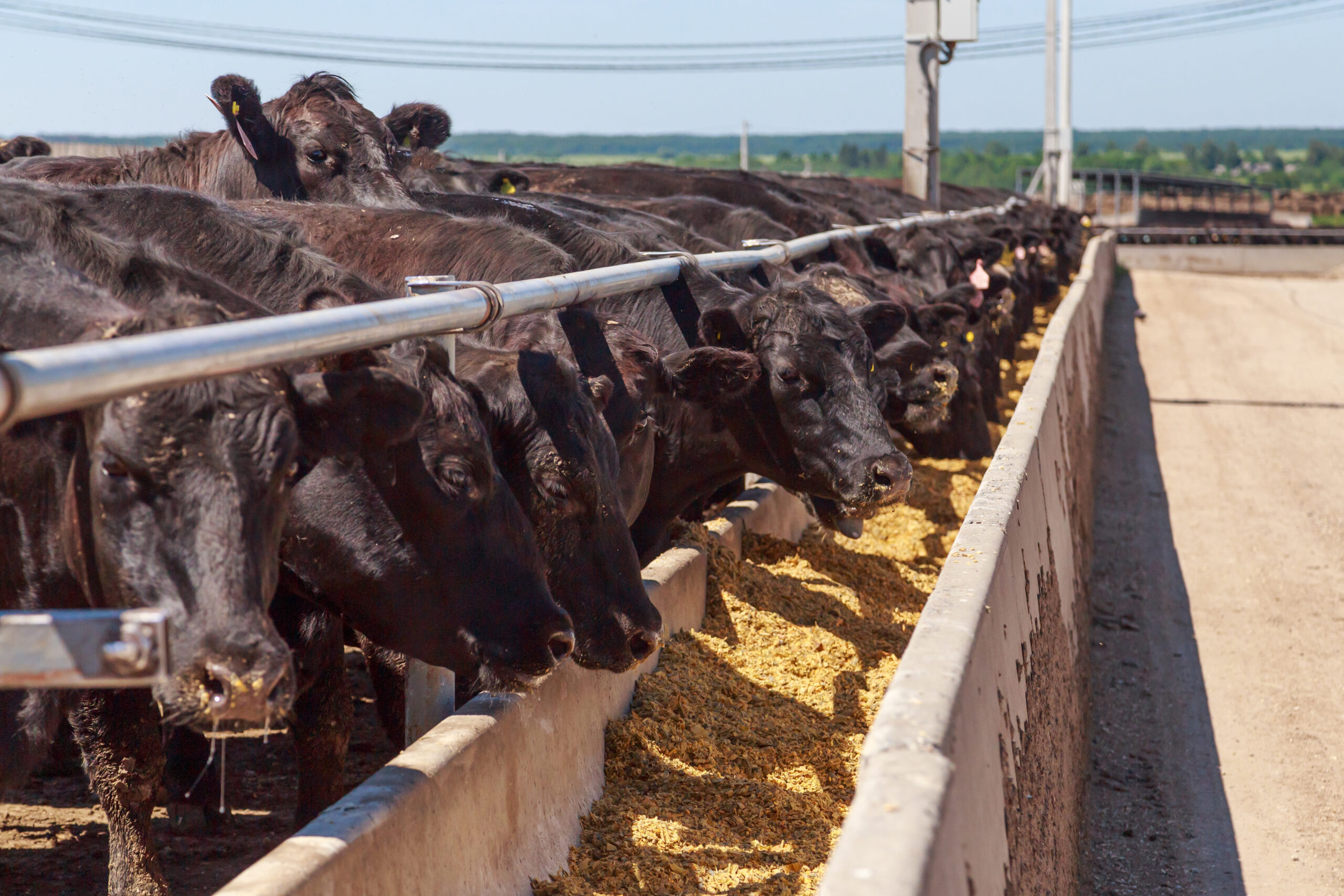AB Direct - Steers
Rail: 492.00-493.50 FOB feedlot (last week)
AB Direct - Heifers
Rail: 492.00-493.50 FOB feedlot (last week)
US Trade- Steers
Rail: 355.00-363.00 (IA, NE) last week
US Trade - Heifers
Rail: 355.00-363.00 (IA, NE) last week
Canadian Dollar
0.19
CCA requests termination of Canada-UK trade deal
The Canadian Cattle Association is calling on the Government of Canada to terminate the Canada–UK Continuity Agreement. Despite commitments made under the agreement, the UK continues to block Canadian beef exports while its own beef exports to Canada have surged. CCA says it’s time to “stand up for Canadian beef producers” and pursue truly reciprocal…
Cattle industry highlights from RDAR’s Impact Report
The RDAR 2025 Impact Report highlights how producer-led research is advancing Alberta’s agriculture industry — including major gains for the beef cattle sector. Here are five takeaways for cattle producers. 1. Genomics are reshaping Alberta beef. More than 12,000 cattle from 54 herds have been genotyped through RDAR-funded research led by Dr. John Basarab at…
Trade and government relations in a shifting landscape
Writing about trade and government relations in the beef industry is a challenge right now. By the time this article reaches your hands, the landscape could look quite different. Still, it’s worth providing some context on what’s been done, and some background on the current state of conversations. Throughout July, Alberta Beef Producers (ABP) met…
Copithorne-Barnes honoured by U of C
Alberta rancher and industry leader Cherie Copithorne-Barnes has been awarded an Honorary Doctor of Laws (Hon. LLD) from the University of Calgary, recognizing her leadership in ranching sustainability and community collaboration. As CEO of CL Ranches Ltd., a fourth-generation and 138-year-old family operation, Copithorne-Barnes has balanced tradition with innovation — from pioneering stewardship standards to…
Canfax Weekly Article | Report for the week of October 20, 2025
Western Canadian and U.S. prices have been moving in opposite directions as of late. Weighted average fed prices closed $1.00–$2.00/cwt lower in Western Canada last week. Very light dressed sales were reported from $505.00–$508.00/cwt delivered. Competition on the cash market was limited, with one major packer not bidding. Cattle that traded were scheduled for delivery…
Youth take spotlight at OH Ranch
The Calgary Stampede launched the third year of its OH Ranch Branded Beef Youth Ambassador Program, with a Steer Selection Day, Oct. 18, at the historic OH Ranch. The event welcomed 12 young agriculture enthusiasts who were selected to participate out of 52 applicants, based on criteria that centred on establishing they have a place…
Exploring ABP’s decision to withdraw from the CCA
Alberta Beef Producers announced a significant move in August, giving notice the commission will withdraw its membership from the Canadian Cattle Association (CCA) as of July 1, 2026. “Membership in national organizations like the CCA must deliver clear value to Alberta’s cattle producers,” said Doug Roxburgh, Chair of ABP. “We have a duty to Alberta…
Alberta beef hits Costco shelves across Mexico
New deal with JBS Canada opens doors for Canada beef and Alberta beef in 41 stores nationwide. Alberta beef is hitting Mexico’s retail market through a new agreement between JBS Canada and Costco Mexico, marking a major expansion for Canadian beef in a market long dominated by U.S. suppliers. At a ribbon-cutting event this week…
Five insights from the latest ABP Magazine
The Fall 2025 Issue of ABP Magazine published by Alberta Beef Producers highlights leadership, innovation, stewardship, and momentum across the beef industry. Here are five insights, among many examples, worth a closer look. 1. Taking charge: All for the Beef We’ve certainly had an active time as your beef cattle commission for the past few…
Sigurdson receives new mandate letter
Alberta Agriculture and Irrigation Minister RJ Sigurdson has received a new mandate from Premier Danielle Smith — and at the heart of it is a clear directive to put “Alberta Agriculture First.” The Premier’s early October mandate letter tasks Sigurdson with introducing new legislation to reduce red tape, strengthen the competitiveness of Alberta producers, and…
RDAR expands grazing program to include virtual fencing
RDAR has expanded its OFCAF rotational grazing program to include virtual fencing — a GPS-based technology helping Alberta producers manage pastures, save labour, and improve sustainability with up to $75,000 in funding support. The new funding stream is designed to help cattle producers adopt “invisible fence” systems that use GPS-enabled collars and base stations to…
Canfax Weekly Article | Report for the week of October 13, 2025
Last week, the Canfax average fed steer and heifer price closed around $302.50/cwt live, $2.50/cwt lower than the previous week. Fed prices have declined for four consecutive weeks, dropping $13/cwt. Light trade was reported last week, with dressed sales from $504.50–506.50/cwt FOB the feedlot. Competition on the cash market was mixed; one major Western Canadian…


